-
Executive Summary
-
Scope of the Report
-
Market Definition
-
Scope of the Study
-
List of Assumptions
-
Markets Structure
-
Market Research Methodology
-
Research Process
-
Primary Research
-
Secondary Research
-
Market Size Estimation
-
Forecast Model
-
Market Factor Analysis
-
Supply Chain Analysis
- Raw Material Suppliers
- Manufacturers/Producers
- End Users
-
Distributors/Retailers/Wholesalers/E-Commerce
-
Porter’s
- Threat of New Entrants
- Threat of Rivalry
- Threat of Substitutes
- Bargaining Power of Suppliers
- Bargaining Power of Buyers
-
Five Forces Model
-
Market Dynamics of Global Organic Binders
-
Market
-
Introduction
-
Drivers
-
Restraints
-
Opportunities
-
Challenges
-
Global Organic Binders Market, by Form
-
Introduction
-
Powder
- Market Estimates & Forecast, 2020–2027
-
Market Estimates & Forecast, by Region, 2020–2027
-
Granulates
- Market Estimates & Forecast, 2020–2027
- Market Estimates
-
& Forecast, by Region, 2020–2027
-
Dispersions
- Market
- Market Estimates & Forecast,
-
Estimates & Forecast, 2020–2027
-
by Region, 2020–2027
-
Solid Resin
- Market Estimates &
- Market Estimates & Forecast, by Region,
-
Forecast, 2020–2027
-
Global Organic Binders Market, by Product
-
Introduction
-
Acrylic
- Market Estimates & Forecast, 2020–2027
-
Market Estimates & Forecast, by Region, 2020–2027
-
Latex
- Market Estimates &
-
Market Estimates & Forecast, 2020–2027
-
Forecast, by Region, 2020–2027
-
Polyvinyl Chloride (PVC)
- Market Estimates &
-
Market Estimates & Forecast, 2020–2027
-
Forecast, by Region, 2020–2027
-
Poly Vinyl Acetate (PVA)
- Market Estimates &
-
Market Estimates & Forecast, 2020–2027
-
Forecast, by Region, 2020–2027
-
Others
- Market Estimates
- Market Estimates & Forecast, by Region,
-
& Forecast, 2020–2027
-
Global Organic Binders Market, by Application
-
Introduction
-
Paints & Coatings
- Market Estimates & Forecast, 2020–2027
- Market Estimates & Forecast, by Region, 2020–2027
-
Construction
- Market Estimates & Forecast, 2020–2027
- Market Estimates
-
& Forecast, by Region, 2020–2027
-
Electronics
- Market
- Market Estimates & Forecast,
-
Estimates & Forecast, 2020–2027
-
by Region, 2020–2027
-
Automotive
- Market Estimates &
- Market Estimates & Forecast, by Region,
-
Forecast, 2020–2027
-
Others
- Market Estimates & Forecast, 2020–2027
- Market Estimates & Forecast, by Region, 2020–2027
-
Global
-
Organic Binders Market, by Region
-
Introduction
-
North America
- Market Estimates & Forecast, 2020–2027
- Market Estimates
- Market Estimates & Forecast,
- Market Estimates & Forecast, by Application,
- US
-
& Forecast, by Form, 2020–2027
-
by Product, 2020–2027
-
Market Estimates & Forecast, by Product, 2020–2027
-
Estimates & Forecast, by Application, 2020–2027
-
Market Estimates & Forecast, 2020–2027
-
Forecast, by Form, 2020–2027
-
by Product, 2020–2027
-
Estimates & Forecast, by Product, 2020–2027
-
& Forecast, by Application, 2020–2027
-
Market Estimates & Forecast, 2020–2027
-
Forecast, by Form, 2020–2027
-
by Product, 2020–2027
-
Market
-
Canada
-
Market Estimates &
-
Market Estimates & Forecast,
-
Market Estimates & Forecast, by Application,
-
Europe
- Market Estimates & Forecast, 2020–2027
- Market Estimates & Forecast, by Form, 2020–2027
- Market
- Market Estimates
- Germany
- France
-
Market Estimates & Forecast, by Application, 2020–2027
-
& Forecast, by Form, 2020–2027
-
by Product, 2020–2027
-
Italy
-
Market Estimates & Forecast, 2020–2027
-
Market Estimates
-
Market Estimates & Forecast,
-
Market Estimates & Forecast, by Application,
-
Spain
-
Market Estimates & Forecast, 2020–2027
-
Market Estimates & Forecast, by Form, 2020–2027
-
Market Estimates & Forecast, by Product, 2020–2027
-
Estimates & Forecast, by Application, 2020–2027
-
Market Estimates & Forecast, 2020–2027
-
Forecast, by Form, 2020–2027
-
by Product, 2020–2027
-
Market
-
UK
-
Market Estimates &
-
Market Estimates & Forecast,
-
Market Estimates & Forecast, by Application,
-
Russia
-
Market Estimates & Forecast,
-
Market Estimates & Forecast, by Form, 2020–2027
-
Market Estimates & Forecast, by Product, 2020–2027
-
Market Estimates & Forecast, by Application, 2020–2027
-
of Europe
-
Rest
-
Market Estimates & Forecast, 2020–2027
-
Market Estimates & Forecast, by Form, 2020–2027
-
& Forecast, by Product, 2020–2027
-
Forecast, by Application, 2020–2027
-
Estimates & Forecast, 2020–2027
-
by Form, 2020–2027
-
Market Estimates
-
Market Estimates &
-
Asia Pacific
- Market
- Market Estimates & Forecast,
- Market Estimates & Forecast, by Product,
- Market Estimates & Forecast, by Application, 2020–2027
- China
-
Market Estimates & Forecast, by Form, 2020–2027
-
& Forecast by Product, 2020–2027
-
by Application, 2020–2027
-
Forecast, 2020–2027
-
Japan
-
Market Estimates
-
Market Estimates & Forecast,
-
India
-
Market Estimates &
-
Market Estimates & Forecast, by Form,
-
Market Estimates & Forecast by Product, 2020–2027
-
Market Estimates & Forecast, by Application, 2020–2027
-
Market Estimates & Forecast, 2020–2027
-
Market Estimates & Forecast, by Form, 2020–2027
-
& Forecast by Product, 2020–2027
-
by Application, 2020–2027
-
& Forecast, 2020–2027
-
Form, 2020–2027
-
New Zealand
-
Market Estimates
-
Market Estimates & Forecast,
-
Australia
-
Market Estimates
-
Market Estimates & Forecast, by
-
Market Estimates & Forecast by Product, 2020–2027
-
Market Estimates & Forecast, by Application, 2020–2027
-
Market Estimates & Forecast, 2020–2027
-
Market Estimates & Forecast, by Form, 2020–2027
-
& Forecast, by Product, 2020–2027
-
Forecast, by Application, 2020–2027
-
Market Estimates & Forecast, 2020–2027
-
& Forecast, by Form, 2020–2027
-
by Product, 2020–2027
-
Forecast, 2020–2027
-
Estimates & Forecast, by Application, 2020–2027
-
Market Estimates & Forecast, 2020–2027
-
Forecast, by Form, 2020–2027
-
by Product, 2020–2027
-
Market Estimates
-
Market Estimates &
-
Rest of Asia-Pacific
-
Market Estimates
-
Market Estimates & Forecast,
-
Market Estimates & Forecast, by Application,
-
Middle East & Africa
- Market Estimates &
- Market Estimates & Forecast, by Form, 2020–2027
- Market Estimates & Forecast by Product, 2020–2027
- Market
- Turkey
- Israel
-
Market Estimates & Forecast, by Application, 2020–2027
-
Africa
-
North
-
Market Estimates & Forecast, 2020–2027
-
Market Estimates & Forecast, by Form, 2020–2027
-
& Forecast, by Product, 2020–2027
-
Forecast, by Application, 2020–2027
-
& Forecast, 2020–2027
-
Form, 2020–2027
-
Forecast, 2020–2027
-
Latin America
-
Market Estimates
-
Market Estimates &
-
GCC
-
Market Estimates
-
Market Estimates & Forecast, by
-
Market Estimates & Forecast, by Product,
-
Market Estimates & Forecast, by Application, 2020–2027
-
Rest of the Middle East & Africa
-
Market Estimates &
-
Market Estimates & Forecast, by Form,
-
Market Estimates & Forecast, by Product, 2020–2027
-
Market Estimates & Forecast, by Application, 2020–2027
-
Market Estimates & Forecast, 2020–2027
-
Market Estimates & Forecast, by Form, 2020–2027
-
& Forecast, by Product, 2020–2027
-
by Application, 2020–2027
-
& Forecast, 2020–2027
-
Form, 2020–2027
-
Market Estimates
-
Market Estimates & Forecast,
-
Brazil
-
Market Estimates
-
Market Estimates & Forecast, by
-
Market Estimates & Forecast, by Product,
-
Market Estimates & Forecast, by Application, 2020–2027
-
Argentina
-
Market Estimates & Forecast, 2020–2027
-
Market Estimates & Forecast, by Form, 2020–2027
-
Market Estimates & Forecast, by Product, 2020–2027
-
Estimates & Forecast, by Application, 2020–2027
-
& Forecast, by Form, 2020–2027
-
by Product, 2020–2027
-
& Forecast, 2020–2027
-
Form, 2020–2027
-
Market
-
Mexico
-
Market Estimates & Forecast, 2020–2027
-
Market Estimates
-
Market Estimates & Forecast,
-
Market Estimates & Forecast, by Application,
-
Rest of Latin America
-
Market Estimates
-
Market Estimates & Forecast, by
-
Market Estimates & Forecast, by Product,
-
Market Estimates & Forecast, by Application, 2020–2027
-
Competitive Landscape
-
Introduction
-
Market Key Strategies
-
Key Development Analysis
-
(Expansions/Mergers & Acquisitions/Joint
-
Ventures/New Product Developments/Agreements/Investments)
-
Company Profiles
-
BASF SE
- Company Overview
- Financial Overview
- Products Offered
- Key Developments
- SWOT Analysis
- Key Strategies
-
Wacker Chemie AG
- Company Overview
- Financial Overview
- Products Offered
- Key Developments
- SWOT Analysis
- Key Strategies
-
Oilex International
- Company Overview
- Financial Overview
- Products
- Key Developments
- SWOT Analysis
- Key Strategies
-
GmbH
-
Offered
-
ENDURA IPNR
- Company Overview
- Financial Overview
- Products Offered
- Key Developments
- SWOT Analysis
- Key Strategies
-
Empower Materials
- Company Overview
- Financial Overview
- Products Offered
- Key Developments
- SWOT Analysis
- Key Strategies
-
KYOEISHA CHEMICAL Co.,
- Company Overview
- Financial Overview
- Products
- Key Developments
- SWOT Analysis
- Key Strategies
-
LTD
-
Offered
-
Stover Seed company
- Company Overview
- Financial Overview
- Products Offered
- Key Developments
- SWOT Analysis
- Key Strategies
-
Keramicalia
- Company Overview
- Products Offered
- Key Developments
- SWOT Analysis
- Key Strategies
-
Financial Overview
-
Conclusion
-
LIST
-
OF TABLES
-
Global Organic Binders Market, by Region, 2020–2027
-
North America: Organic Binders Market, by Country, 2020–2027
-
Europe: Organic Binders Market, by Country, 2020–2027
-
Table
-
Asia-Pacific: Organic Binders Market, by Country, 2020–2027
-
Table
-
Middle East & Africa: Organic Binders Market, by Country, 2020–2027
-
Latin America: Organic Binders Market, by Country, 2020–2027
-
Global Organic Binders Form Market, by Region, 2020–2027
-
North America: Organic Binders Form Market, by Country, 2020–2027
-
Europe: Organic Binders Form Market, by Country, 2020–2027
-
Asia-Pacific: Organic Binders Form Market, by Country, 2020–2027
-
Middle East & Africa: Organic Binders Form Market, by Country,
-
Latin America: Organic Binders Form Market, by Country,
-
Global Organic Binders Product Market, by Region,
-
North America: Organic Binders Product Market, by
-
Country, 2020–2027
-
Europe: Organic Binders Product Market,
-
by Country, 2020–2027
-
Asia-Pacific: Organic Binders Product
-
Market, by Country, 2020–2027
-
Middle East & Africa: Organic
-
Binders Product Market, by Country, 2020–2027
-
Latin America:
-
Organic Binders Product Market, by Country, 2020–2027
-
Global
-
Organic Binders Application Market, by Region, 2020–2027
-
North
-
America: Organic Binders Application Market, by Country, 2020–2027
-
Table
-
Europe: Organic Binders Application Market, by Country, 2020–2027
-
Table
-
Asia-Pacific: Organic Binders Application Market, by Country, 2020–2027
-
Middle East & Africa: Organic Binders Application Market, by
-
Country, 2020–2027
-
Latin America: Organic Binders Application
-
Market, by Country, 2020–2027
-
Global Form Market, by Region,
-
Global Product Market, by Region, 2020–2027
-
Global Application Market, by Region, 2020–2027
-
Table
-
North America: Organic Binders Market, by Country, 2020–2027
-
Table
-
North America: Organic Binders Market, by Material, 2020–2027
-
Table
-
North America: Organic Binders Market, by Product, 2020–2027
-
Table
-
North America: Organic Binders Market, by Application, 2020–2027
-
Table
-
Europe: Organic Binders Market, by Country, 2020–2027
-
Europe:
-
Organic Binders Market, by Material, 2020–2027
-
Europe: Organic
-
Binders Market, by Product, 2020–2027
-
Europe: Organic Binders
-
Market, by Application, 2020–2027
-
Asia-Pacific: Organic Binders
-
Market, by Country, 2020–2027
-
Asia-Pacific: Organic Binders
-
Market, by Material, 2020–2027
-
Asia-Pacific: Organic Binders
-
Market, by Product, 2020–2027
-
Asia-Pacific: Organic Binders
-
Market, by Application, 2020–2027
-
Middle East & Africa:
-
Organic Binders Market, by Country, 2020–2027
-
Middle East &
-
Africa: Organic Binders Market, by Material, 2020–2027
-
Middle
-
East & Africa: Organic Binders Market, by Product, 2020–2027
-
Table
-
Middle East & Africa: Organic Binders Market, by Application, 2020–2027
-
Latin America: Organic Binders Market, by Country, 2020–2027
-
Latin America: Organic Binders Market, by Material, 2020–2027
-
Latin America: Organic Binders Market, by Product, 2020–2027
-
Latin America: Organic Binders Market, by Application, 2020–2027
-
LIST OF FIGURES
-
Global Organic Binders Market Segmentation
-
Forecast Research Methodology
-
Porter’s Five Forces
-
Analysis of Global Organic Binders Market
-
Value Chain/Supply Chain
-
of Global Organic Binders Market
-
Share of Global Organic Binders Market,
-
by Country, 2020 (%)
-
Global Organic Binders Market, 2020–2027
-
Global Organic Binders Market Size, by Form, 2020 (%)
-
Share
-
of Global Organic Binders Market, by Form, 2020–2027
-
Global
-
Organic Binders Market Size, by Product, 2020 (%)
-
Share of Global
-
Organic Binders Market, by Product, 2020–2027
-
Global Organic
-
Binders Market Size, by Application, 2020 (%)
-
Share of Global Organic
-
Binders Market, by Application, 2020–2027

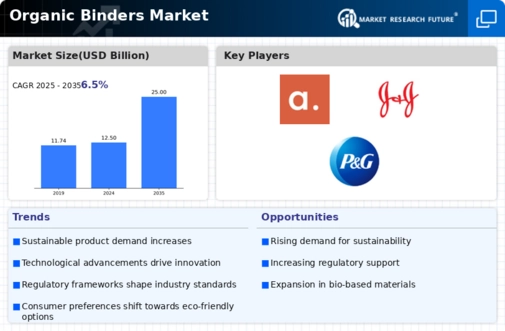
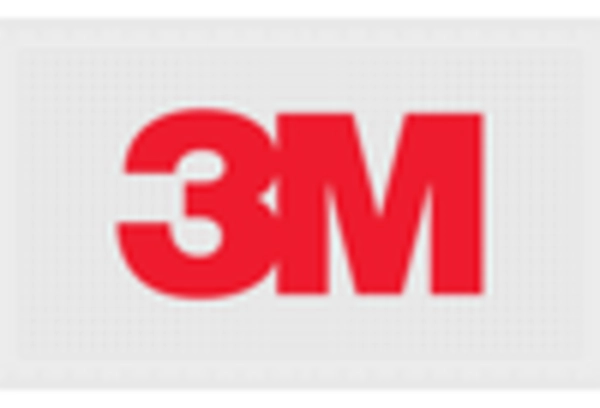

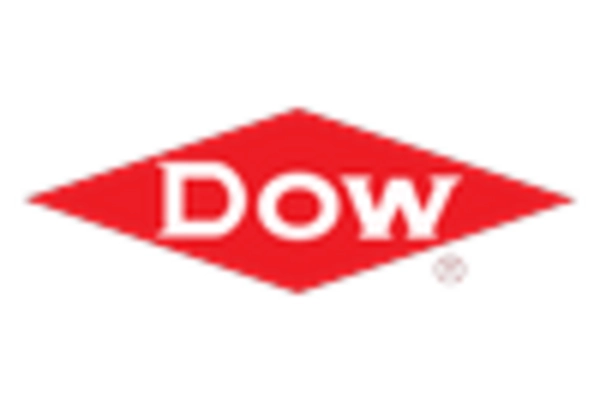
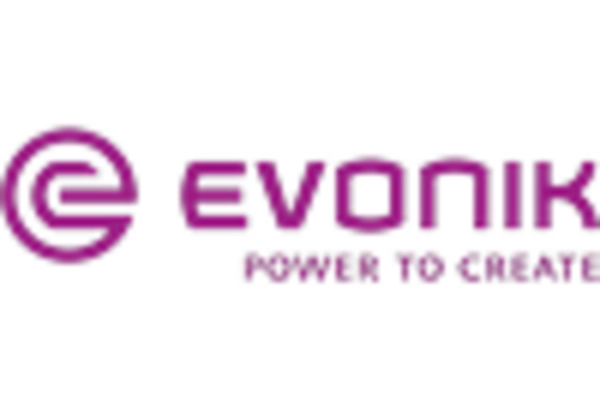
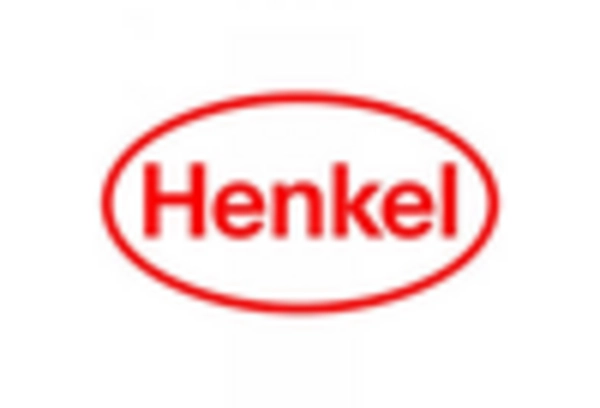
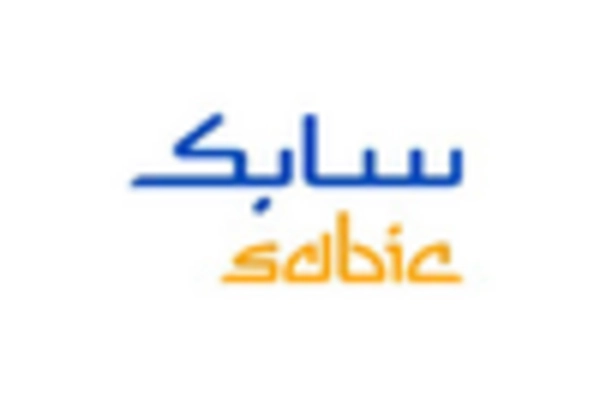









Leave a Comment